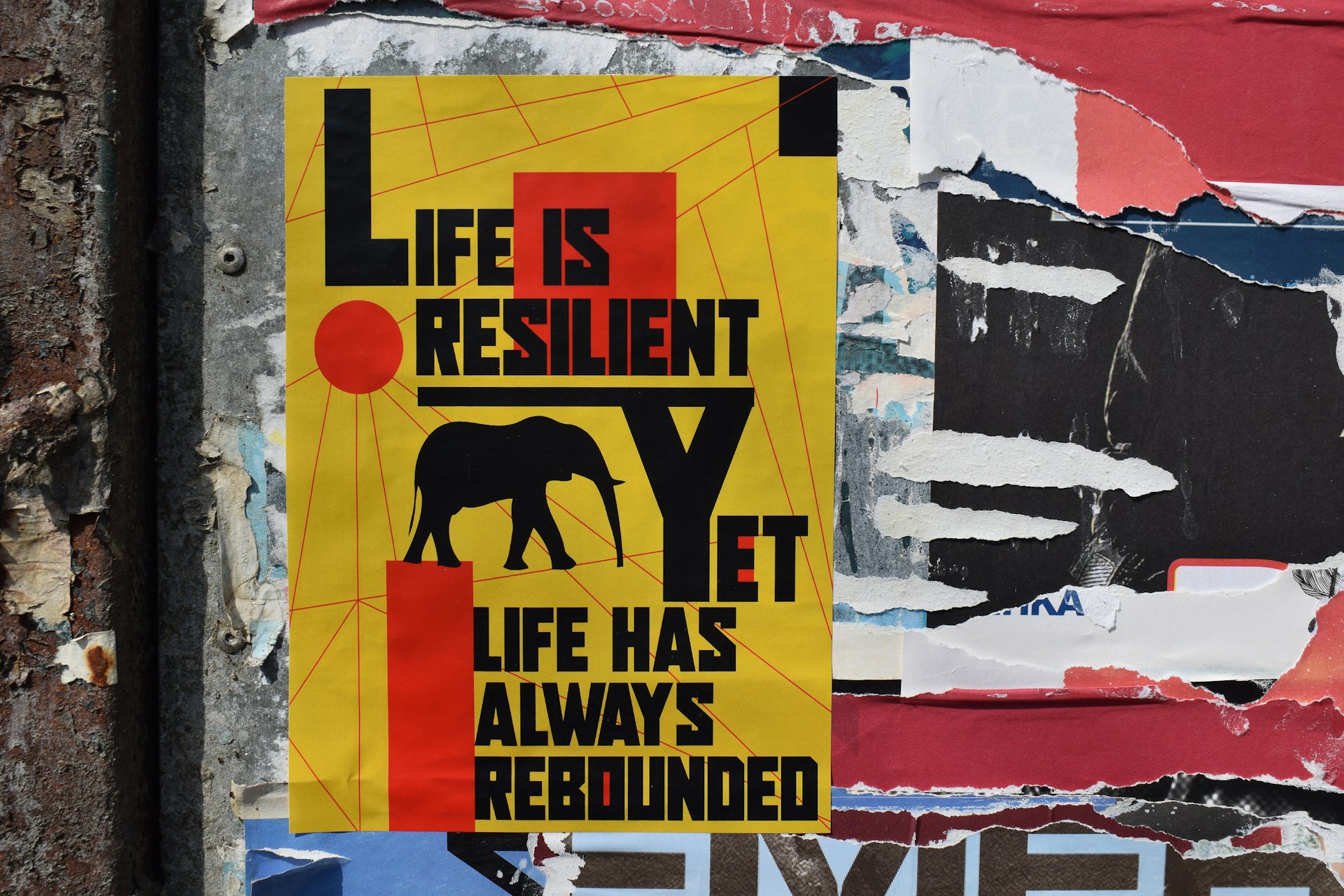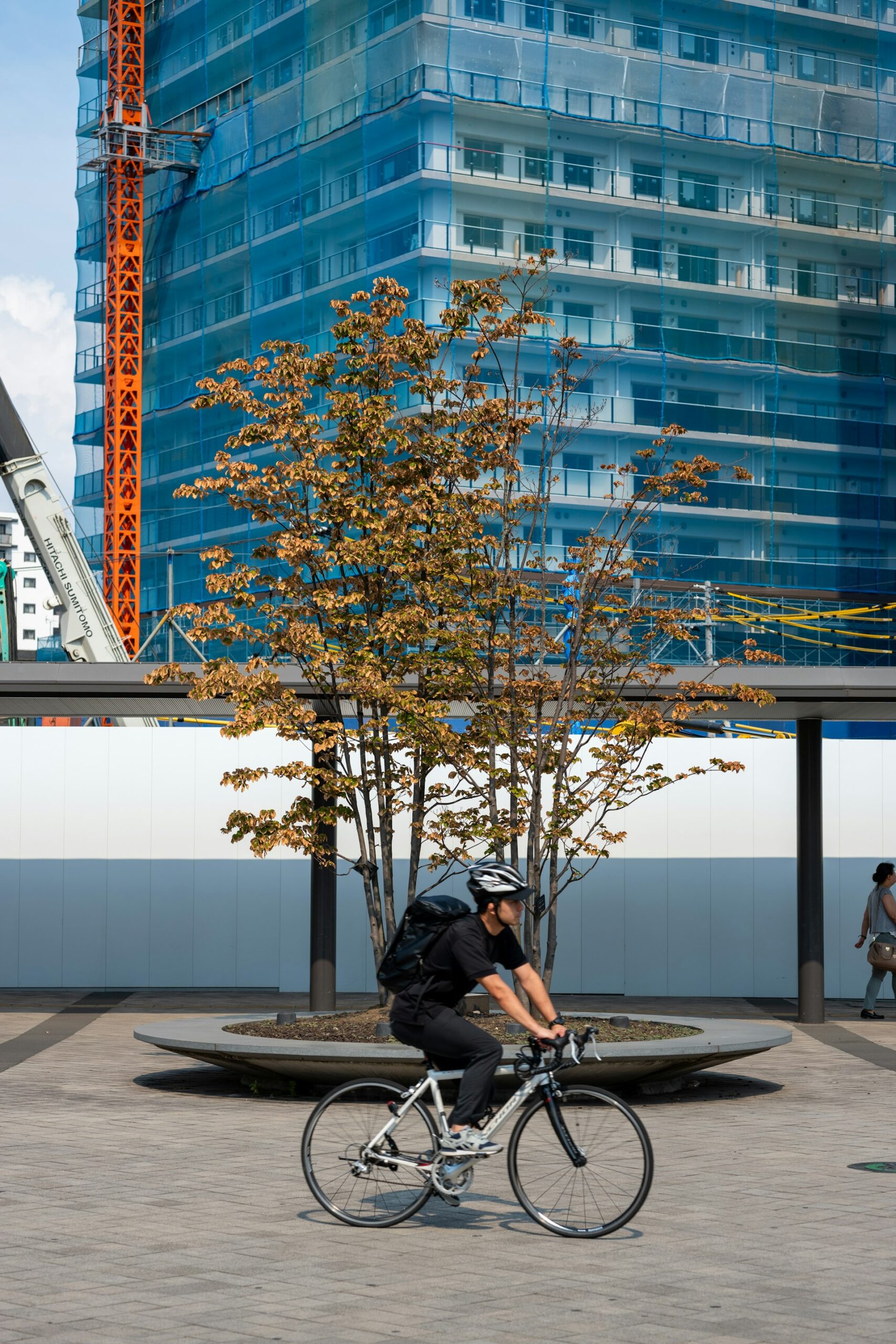Unlocking Creativity and Connection: Actionable Pathways for Community-Based Art Projects

Photo by Victoria Kos on Unsplash
Introduction: The Power and Promise of Community-Based Art Projects
Community-based art projects are more than creative expressions-they are robust engines for civic engagement, social connection, and local pride. By bringing together residents of diverse ages and backgrounds, these initiatives transform public spaces, encourage dialogue, and celebrate shared values. Whether you seek to revitalize a neighborhood, unite generations, or spotlight local talent, actionable strategies can help you turn artistic vision into meaningful community impact.
Why Community-Based Art Projects Matter
Collaborative art efforts yield substantial benefits. They boost morale, foster a sense of belonging, and create opportunities for learning and cultural exchange. Projects such as community murals, public sculptures, and art exhibitions have been shown to unite residents, bridge generational divides, and inspire ongoing involvement in civic life [1] . By focusing on universally resonant themes-like hope, history, or nature-these projects become touchstones for local identity and pride.
Real-World Examples of Successful Community Art Initiatives
Community art projects take many forms, each tailored to local needs and resources. For instance, the Museum of Fine Arts Boston’s Community Arts Initiative has organized “Second Hands,” where students used global textile traditions as inspiration for collaborative artwork [2] . Other notable examples include:
- Community Murals: Residents collectively design and paint large-scale murals to celebrate local history or shared values. These projects often involve volunteer days, live music, and a dedication ceremony that draws the whole community together [1] .
- Collaborative Sculpture Walks: Groups create outdoor sculptures from recycled materials, branches, or paper strips, then display them in public spaces for everyone to enjoy [5] .
- Community Art Exhibitions: Local artists of all ages submit work for group shows, fostering intergenerational dialogue and supporting local causes through entrance fees and donations [3] .
Step-by-Step Guide: How to Launch a Community-Based Art Project
Starting a community art initiative requires careful planning, inclusiveness, and ongoing communication. Here’s a comprehensive pathway to success:

Photo by Patrick Robert Doyle on Unsplash
- Define Your Vision and Goals: Pinpoint the objectives of your project, such as boosting neighborhood pride, creating a safe public space, or encouraging youth engagement. Use free online toolkits to clarify your mission and develop actionable goals. The What’s Good Project offers downloadable templates and resources to help structure your initiative [4] .
- Form a Collaborative Team: Build a diverse group including local artists, educators, business owners, and residents. Seek out members from different age groups and backgrounds to ensure broad representation.
- Secure Funding and Resources: Funding may be available through local government arts programs, nonprofit organizations, or community fundraising events. While direct application links vary by location, you can typically start by contacting your city’s arts department or searching for “community art grants” in your area.
- Select a Project Type: Choose a format that fits your goals and resources-such as a mural, outdoor sculpture, art exhibition, or interactive installation. Consider themes that resonate locally, like environmental stewardship, historical milestones, or cultural diversity.
- Engage the Community: Host kickoff meetings, distribute flyers, and use social media to invite participation. Encourage contributions from all ages, including children, teens, and seniors. For maximum inclusivity, offer workshops or live demonstrations to teach artistic techniques [1] .
- Implement the Project: Organize volunteer days, set clear timelines, and provide materials. For murals, schedule supervised painting sessions and consider adding entertainment to foster a festive atmosphere. For exhibits, secure a venue and coordinate submissions from local creators.
- Celebrate and Sustain: Plan a public dedication or opening event. Invite local media, officials, and community leaders. Document the project with photos and testimonials to share online and in local newsletters, inspiring future initiatives.
Challenges and Solutions
Community art projects can face hurdles such as limited funding, lack of participation, or logistical barriers. Solutions include:
- Funding: Consider small-scale projects if resources are limited. Seek donations from local businesses, apply for microgrants, and host fundraising events. Some nonprofit organizations and local arts councils offer support for community initiatives; contact these agencies directly for application instructions.
- Engagement: Use diverse communication channels to reach various segments of the community. Host “open studio” days and interactive workshops to encourage hands-on participation.
- Permits and Logistics: Work with local government to secure necessary permits for public art installations. Contact your city’s public works department or arts commission for guidance.
- Accessibility: Ensure project venues are accessible to people with disabilities and provide materials in multiple languages if needed.
Alternative Approaches to Community Art
If large-scale projects are not feasible, consider alternatives such as:
- Painted Rock Drops: Kids and adults paint rocks and place them around town, bringing unexpected moments of joy to community spaces [3] .
- Pop-Up Exhibitions: Temporary installations in parks or storefronts can reach new audiences without long-term commitments.
- Collaborative Craft Projects: Create woven tapestries, paper strip sculptures, or fiber arts displays using recycled materials, branches, or everyday objects [5] .
Accessing Resources and Getting Started
To begin, explore free online toolkits, contact your local arts council, or reach out to nearby museums for guidance and support. The What’s Good Project offers downloadable resources and templates to help you plan and launch your initiative [4] . For more specialized projects, consider searching for “community art grants” or “public art funding” along with your city or state name. Community centers, schools, and local businesses may also offer space or sponsorship for events.
Key Takeaways and Next Steps
Community-based art projects are dynamic vehicles for creativity and engagement. By following actionable steps, collaborating inclusively, and leveraging available resources, you can launch an initiative that inspires, connects, and enriches your neighborhood. Start by defining your goals, building a passionate team, and using verified toolkits and local contacts to turn your artistic vision into reality.
References
- [1] B.R. Howard & Associates (2019). 5 ideas for community art projects and events.
- [2] Museum of Fine Arts Boston (2023). Past Community Arts Initiative Projects.
- [3] The Studio Director (2021). 9 Creative Community Art Projects for Kids.
- [4] What’s Good Project (2020). Community Arts Toolkit.
- [5] We Are Teachers (2025). 55 Collaborative Art Projects for Groups Big and Small.



